Introduction to artificial intelligence in agriculture: Artificial intelligence (AI) is constantly evolving as part of the technological evolution of the agricultural industry. Artificial intelligence has become one of the most important technologies in every field, including education, banking, robotics, agriculture, etc.
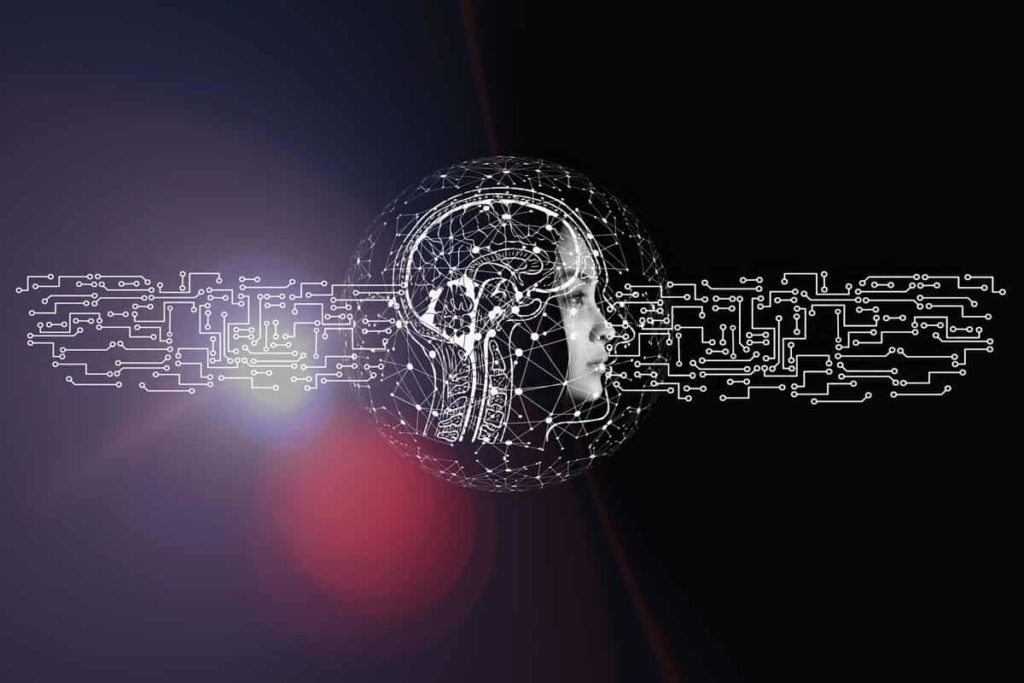
In the agricultural sector, it is playing a very important role, and it is transforming the agro-industry. AI protects the agricultural sector from various factors such as climate change, population growth, employment issues in the sector, and food security. The industry now has a wide range of agricultural-related tasks in producing healthy crops, controlling pests, monitoring soil and growing conditions, managing data for farmers, assisting with workloads and the entire food supply chain.
Benefits of using AI in agriculture
With a growing global population and scarcity of resources, there are challenges to sustainable food production. Technological advances, especially artificial intelligence (AI), can help make the whole food production process more efficient and improve the sustainability of agricultural techniques. A huge amount of experience and coordination. AI can help streamline this process in many places along the chain. Some of the benefits of using AI can be given below;
- Automatic Weeding
- Automatic Harvesting
- Plant Disease Detection
- Improving Soil Health Monitoring
- More efficient irrigation of farmland
- Application of pesticides and herbicides
Why adopt AI in agriculture
Farmers see AI as something that only applies to the digital world. They can’t see how it can help them work on the physical earth. This is not because they are conservative or wary of the unknown. Their resistance is due to a lack of understanding of the practical use of AI tools. AI may be useful, there is still much work to be done by technology providers to help farmers implement it properly.
Use artificial intelligence in agriculture
Agriculture involves many processes and stages, most of which are manual. By perfecting the technologies adopted, AI can simplify the most complex and routine tasks. It can collect and process large data on digital platforms, come up with the best practices, and initiate this process in conjunction with other technologies. The combination of artificial intelligence and agriculture can be beneficial for the following processes.
- Market demand analysis – AI can facilitate the selection of crops and help farmers identify which products will be most profitable.
- Risk management – Farmers can reduce business errors and reduce the risk of crop failure by using forecasting and forecasting analysis.
- Breeding seeds – By collecting data on the growth of plants, AI can help produce crops that are less susceptible to disease and better adapted to climatic conditions.
- Soil health monitoring – AI systems can perform chemical analyses of soil and provide accurate estimates of nutrient deficiencies.
- Crop protection – AI can monitor plant conditions and even predict diseases, identify and remove weeds, and recommend effective pest treatment.
- Feeding crops – AI is useful for identifying the best patterns of irrigation and nutrient use times and predicting the best mix of agricultural products.
- Harvesting – With the help of AI, it is also possible to automate harvesting and predict the best time for it.
Popular AI applications in agriculture
The popular AI applications in agriculture are;
Agricultural robots
Companies are developing robots to handle agricultural tasks like harvesting crops at a higher volume and faster pace compared to human labor.
In case you miss this: Sustainable Agriculture in India, Policies, Examples, and Practices
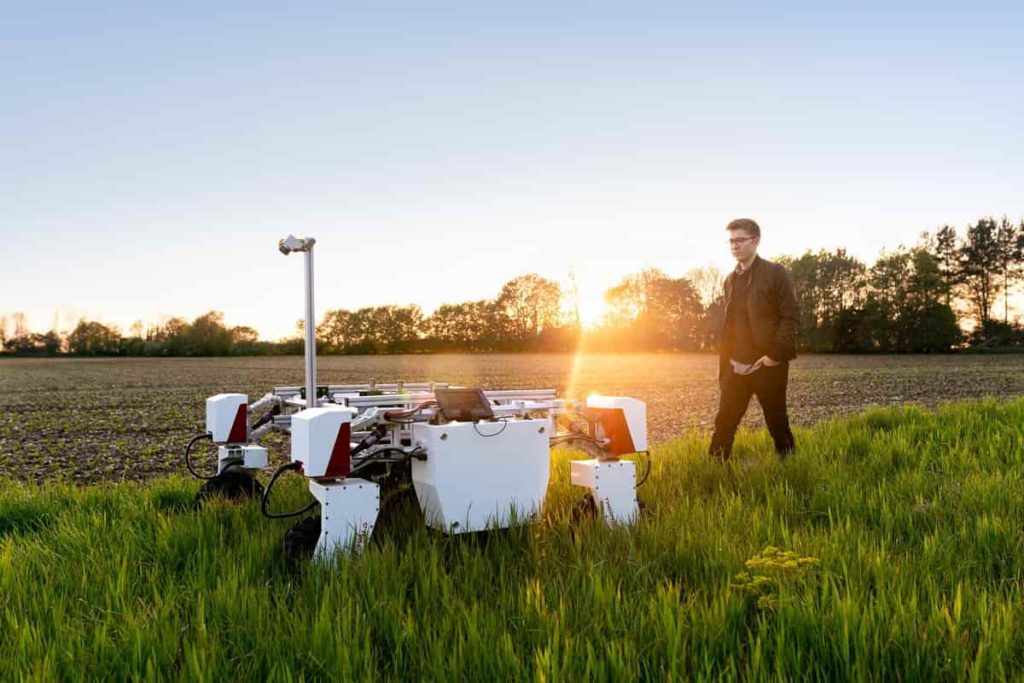
Crop and soil monitoring
Companies are taking advantage of computer vision and deep learning algorithms to process data obtained through drones and/or software-based technology for crop and soil health monitoring.
Predictive analysis
Machine learning models are being developed to track and predict various environmental effects such as climate change on crop production.
AI technologies to transform the agriculture
Some of the most promising AI technologies to transform the agricultural sector.
Crop and soil monitoring
Soil micro and macronutrients are important factors for both crop health and yield quantity and quality. Then, once the crops are in the soil, it is important to monitor the growth stages to improve productivity. It is important to understand the interaction between crop development and the environment so that adjustments can be made for better crop health. Visual Sensing AI can analyze this data by;
- Track crop health
- Making accurate yield predictions
- Detects crop malnutrition faster than humans
- AI models can alert farmers to specific problem areas so they can take immediate action.
Detecting pests and plant diseases
Using deep learning-based image recognition technology, we can now automatically detect plant diseases and pests. It uses classification, detection, and image segmentation methods to create models that can “monitor” plant health.
Intelligent spraying
UAVs equipped with computer vision AI enable automatic spraying of pesticides or fertilizers evenly in a field. With real-time identification of target spraying areas, UAV sprayers can operate with high accuracy, both in terms of area and amount of spray. It significantly reduces the risk of contamination of crops, humans, animals, and water resources. Although the potential here is huge, there are still some challenges. For example, spraying a large field with multiple UAVs is very useful, but it can be difficult to assign specific task configurations and flight trajectories for individual crafts can be tricky.
In case you miss this: Drone Farming, Drone Technology In Agriculture
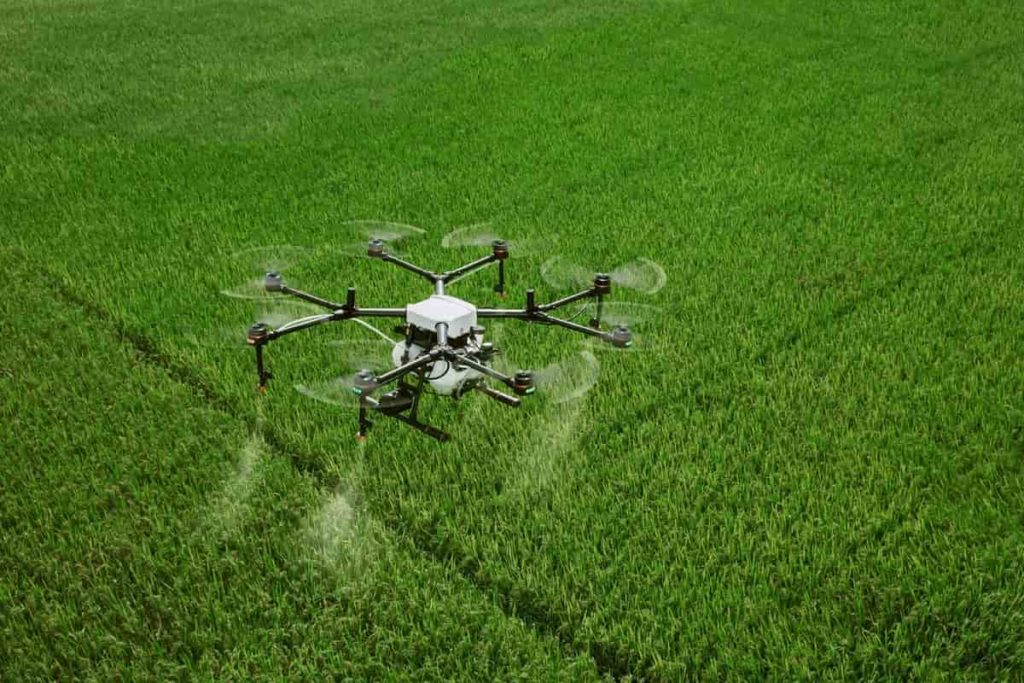
Product grading and sorting
Finally, AI Computer Vision can continue to assist farmers even after harvest. Just as they can detect growing plant defects, diseases, and pests, so too can imaging algorithms be used to sort out “good” produce from defective or simply ugly ones. By inspecting fruits and vegetables for size, shape, color, and volume, the computer can automate the process of sorting and grading the vision with accuracy rate and speed, even more than a trained professional.
Problems can face while adopting AI in agriculture
Given the benefits of artificial intelligence for sustainable farming, the implementation of this technology seems like a logical step for every farmer. Some of the serious constraints are;
The adoption of long technologies
Farmers need to understand that the AI field is just one of the most advanced technologies for processing, collecting, and monitoring data. AI needs a proper technology infrastructure to work. That’s why even farms that already have some technology can be difficult to advance and this is a challenge for software companies. They should gradually approach farmers, first providing them with simple technologies, such as agribusiness platforms. Once farmers are accustomed to less complex solutions, it would be appropriate to accelerate and offer more, including AI features.
Lack of experience with emerging technologies
The agricultural sector in developing countries is different from the agricultural sector in Western Europe and the United States. Some areas may benefit from artificial intelligence agriculture, but it may be difficult to sell such technology in areas where agricultural technology is not common. Therefore, companies hoping to do business in regions with emerging agricultural economies may need to take a proactive approach. In addition to providing their products, they will need to provide training and ongoing support to farmers and agribusiness owners who are willing to take innovative solutions.
Privacy and security issues
Since there are no clear policies and regulations regarding the use of AI, not only in agriculture but in general, proper agriculture and smart farming give rise to various unresolved legal issues. Privacy and security threats such as cyber-attacks and data leaks can cause serious problems for farmers. Unfortunately, many farms are at risk.
Key areas where AI can benefit agriculture
Development through IoT
IoT (Internet of Things) produces large amounts of data every day in both structured and non-structured formats. They deal with historical weather patterns, soil reports, new research, rainfall, insect breeding, drone and camera imagery, and more. Knowledgeable IoT solutions can understand all this data and provide strong insights to improve productivity.
Soil testing
The two technologies that stand for intelligent data fusion are Proximity Sensing and Remote Sensing. One case of using this high-resolution data is question testing. While sensors for remote sensing need to be built into the air or satellite system, proximity sensors require sensors in contact with the soil. This helps in characterizing the soil based on the soil below the surface in a particular place.
In case you miss this: Role of Agriculture in Indian Economy
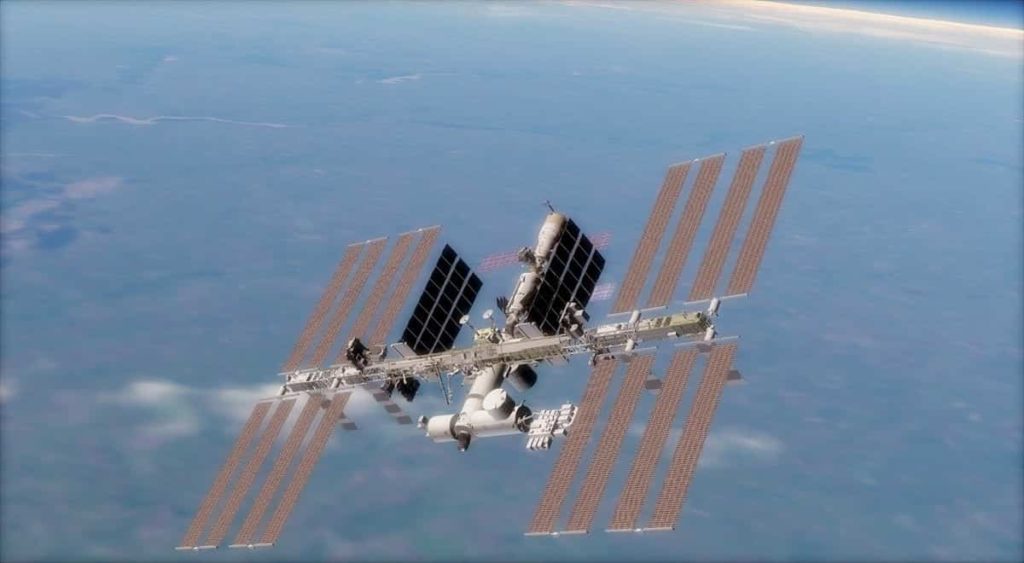
Generation of image-based insights
Drone-based images can help with in-depth field analysis, crop monitoring, field scanning, and more. They can be combined with computer vision technology and IoT to ensure rapid action by farmers.
Crop disease detection
Images of different crops are taken using computer vision technology under white / UV-A light. Farmers can then arrange the produce in separate piles before sending it to the market. Pre-processing of images ensures that address images are segmented for further evaluation. Such a technique would identify insects more clearly.
In case you miss this: How to Improve Agriculture Production, Tips, Ideas, Ways and Techniques
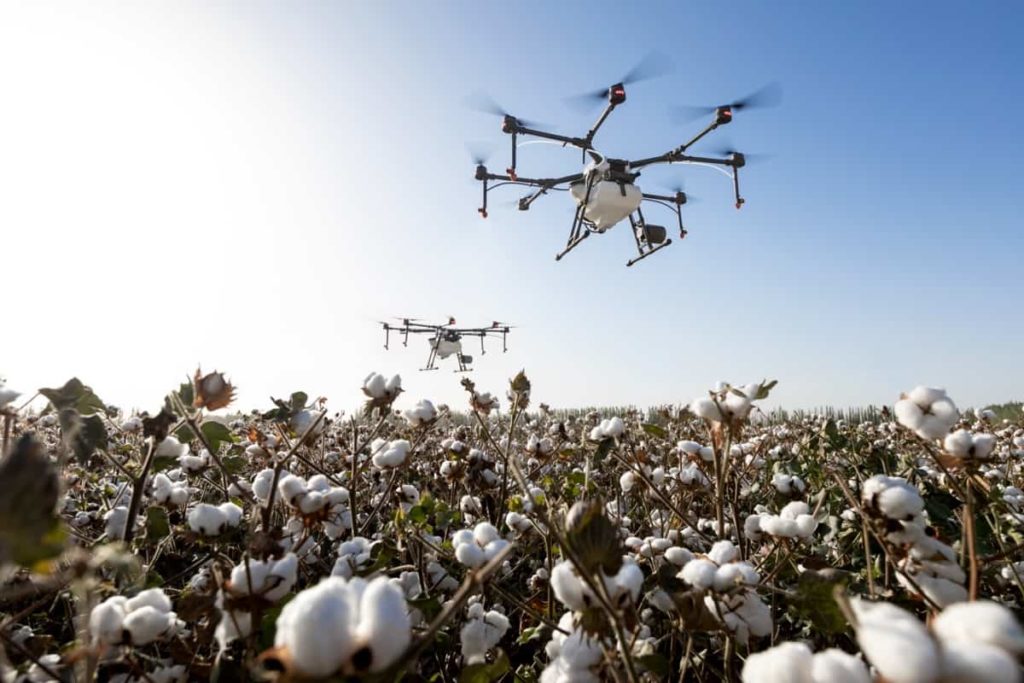
Optimal mixture of Agri products
Based on various parameters such as soil condition, weather forecast, type of seed, infection around a specific area, scientific computing offers recommendations to farmers about the easy selection of crops and seeds. The advice form is more personal based on the need, local circumstances, and past achievements. External factors such as market trends, prices, or consumer needs can also be factored in through artificial intelligence.
Crop health monitoring
Hyperspectral imaging and 3D laser scanning, as well as remote sensing techniques, are essential for measuring crops on thousands of acres. It could usher in a revolutionary change in the way how croplands are monitored by farmers in terms of time and energy y. The technology will monitor crops for a lifetime and produce reports to detect irregularities.
Using AI for intelligent chemical spraying
Every day, farms generate thousands of data points on temperature, soil, water use, weather conditions, and more. With the help of artificial intelligence and machine learning models, this data is used to gain useful insights at the right time, such as making the right choice. Seed sowing time, crop selection, selection of hybrid seeds for high yield, etc. AI systems are helping to improve the overall quality and accuracy of the crop – called accurate farming. AI technology helps in detecting diseases, pests, and malnutrition in plants. AI sensors can detect and target herbs and then decide which herbicides to apply in the area. This will help reduce the use of herbal remedies and save costs.
AI helping analyze farm data
Farms generate hundreds of thousands of data points on Earth every day. With the help of AI, farmers can now analyze a variety of things in real-time, such as weather conditions, temperature, water use, or soil conditions, collected from their farms to better inform their decisions. For example, AI technologies help farmers improve their productivity planning by selecting crops, selecting the best hybrid seeds, and determining resource usage.
In case you miss this: Future of Agriculture in India
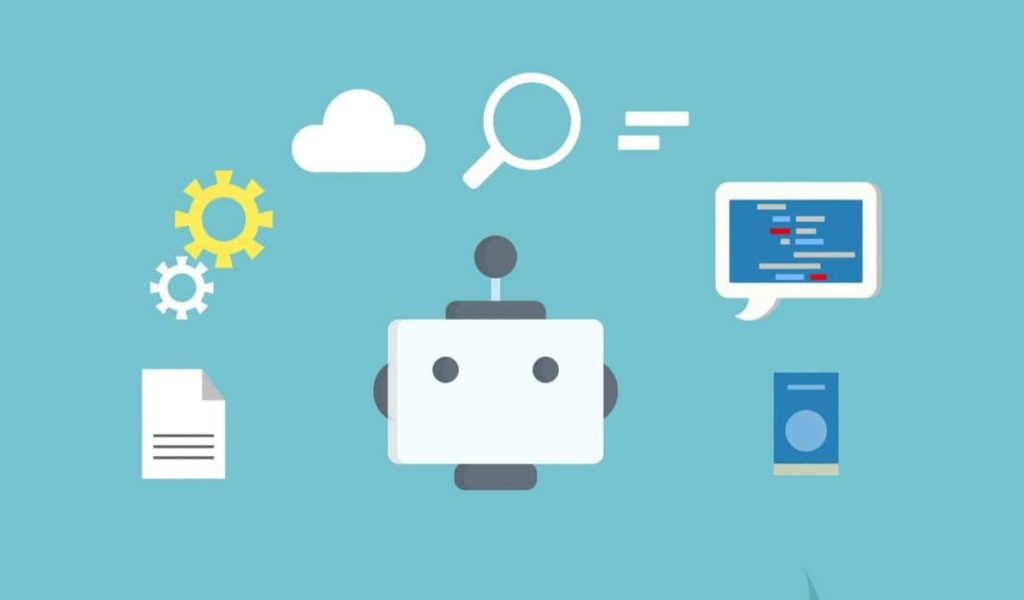
AI systems are also helping to improve crop quality and accuracy – called accurate agriculture. Healthy Agriculture The use of AI technology helps to detect plant diseases, pests, and plant malnutrition in farms. AI sensors can detect and target herbs and then decide which herbicide to apply in the right buffer zone. This helps prevent the use of herbicides and excessive toxins that find their way into our food.
Using AI-based robots for a farm harvesting
Have you ever wondered who gets the produce from the farmland? Well, in most cases, these are not traditional farmworkers but robotic machines capable of bulk harvesting with greater accuracy and speed that are responsible for getting the product on your kitchen table. These machines help to improve the size of the crop and reduce the crop waste left in the field.
Many companies are working to improve agricultural efficiency. There are products like Automatic Strawberry Picking Machine and Vacuum Apparatus that can harvest mature apples from trees. These machines use sensor fusion, machine vision, and artificial intelligence models to identify the location of cultivable produce and help in picking the right fruit.
- Types of Pesticides Used in Agriculture: A Beginner’s Guide
- Economical Aquaculture: A Guide to Low-Budget Fish Farming
- 15 Common Planting Errors That Can Doom Your Fruit Trees
- How to Make Houseplants Bushy: Effective Tips and Ideas
- Innovative Strategies for Boosting Coconut Pollination and Yield
- Pollination Strategies for Maximum Pumpkin Yield
- The Complete Guide to Chicken Fattening: Strategies for Maximum Growth
- Natural Solutions for Tulip Problems: 100% Effective Remedies for Leaf and Bulb-Related Issues
- Revolutionizing Citrus Preservation: Towards a Healthier, Greener Future
- Natural Solutions for Peony Leaf and Flower Problems: 100% Effective Remedies
- Maximizing Profits with Avocado Contract Farming in India: A Comprehensive Guide
- Natural Solutions for Hydrangea Problems: 100% Effective Remedies for Leaf and Flowers
- The Ultimate Guide to Choosing the Perfect Foliage Friend: Bringing Life Indoors
- From Sunlight to Sustainability: 15 Ways to Use Solar Technology in Agriculture
- The Ultimate Guide to Dong Tao Chicken: Exploring from History to Raising
- The Eco-Friendly Makeover: How to Convert Your Unused Swimming Pool into a Fish Pond
- Mastering the Art of Delaware Chicken Farming: Essentials for Healthy Backyard Flocks
- 20 Best Homemade Fertilizers for Money Plant: DIY Recipes and Application Methods
- How to Craft a Comprehensive Free-Range Chicken Farming Business Plan
- Brighten Your Flock: Raising Easter Egger Chickens for Beauty and Bounty
- How to Optimize Your Poultry Egg Farm Business Plan with These Strategies
- Subsidy for Spirulina Cultivation: How Indian Government Schemes Encouraging Spirulina Farmers
- Ultimate Guide to Raising Dominique Chickens: Breeding, Feeding, Egg-Production, and Care
- Mastering the Art of Raising Jersey Giant Chickens: Care, Feeding, and More
- Ultimate Guide to Raising Legbar Chickens: Breeding, Farming Practices, Diet, Egg-Production
- How to Raise Welsummer Chickens: A Comprehensive Guide for Beginners
- How to Protect Indoor Plants in Winter: A Comprehensive Guide
- Ultimate Guide to Grow Bag Gardening: Tips, Tricks, and Planting Ideas for Urban Gardeners
- Guide to Lotus Cultivation: How to Propagate, Plant, Grow, Care, Cost, and Profit
- Agriculture Drone Subsidy Scheme: Government Kisan Subsidy, License, and How to Apply Online
- Ultimate Guide to Raising Araucana Chickens: Breed Profile, Farming Economics, Diet, and Care
- Bringing Hydroponics to Classroom: Importance, Benefits of Learning for School Students
- Ultimate Guide to Raising Polish Chickens: Breed Profile, Farming Economics, Diet, and Care
- Ultimate Guide to Raising Australorp Chickens: Profile, Farming Economics, Egg Production, Diet, and Care
- Silkie Chicken Farming: Raising Practices, Varieties, Egg Production, Diet, and Care
- Sussex Chicken Farming: Raising Practices, Varieties, Egg Production, Diet and Care